An abscess is a pocket of pus that emerges when bacteria cause an infection, leading to swelling in the organism's tissue. This substance is generally yellowish-white and consists of dead cells, destroyed tissue fragments, and bacteria.
Abscesses may be generated in many organisms' sports, such as on the skin, inside organs, or the brain. They customarily appear swollen and tender lumps that can feel hot when touched. Symptoms can include pain, redness, and sometimes fever if the infection is intense.
Medical teams routinely need to remove the pus to help with a swollen sector with pus. This tactic promotes lower pressure and aids in recovery. They may mention surgery to cut it or use a needle for piercing and extracting the fluid. They can also give antibiotics to promote the vanishing of the infection.
Not treating an abscess can cause considerable dilemmas, such as the infection moving to nearby tissues or getting into your blood, which may result in an unwelcome scenario tagged as sepsis. Thus, obtaining help from a medical pro soon is expected if you have an abscess.
Abscesses emerge often, and their extent varies depending on where someone lives, their financial status, and the health conditions in the area. Entities of all ages, whether very young or quite old, can get abscesses. They may result from defective cleanliness, frail immunity, or ongoing health dilemmas.
Abscesses are more possible when obtaining medical help or keeping things clean and hygienic is problematic. What's more, entities who have diabetes or use needles for drugs might get more abscesses because their wounds heal sluggishly or they catch infections more easily.
Even though Abscesses emerge often, they can be treated by draining and giving antibiotics to eradicate the bacteria. But if not taken care of dynamically, there could be unwelcome repercussions. Therefore, it shows why unearthing and treating them early on is critical.

Not taking management of an abscess can considerably threaten your health. Initially, it may look like just a pus-filled spot in one sector, but the infection from the abscess can spread throughout miscellaneous body zones or enter your bloodstream and lead to threatening matters. Should the disease spread, it could become a problematic health issue called sepsis; this is highly risky and requires fast medical services.
Abscesses are dangerous as they can contain bacteria and allow them to multiply, leading to an infection spreading if not treated. Abscesses can contribute to even more abscess creation in miscellaneous body elements, potent infections within tissues, or harm surrounding regions if left without medical services.
At times, abscesses may exert pressure on critical organism organs or sections, which leads to malfunctions or complete cessation of their missions. For example, if an abscess in the brain applies power to decisive nerve tissues, this could cause breaches in the nervous network or create mental processing and comprehension challenges.
What's next is that the pain and discomfort that abscesses cause can considerably influence a person's daily existence. Therefore, seeking medical assistance soon if you suspect an abscess is not without importance, as early treatment can dodge more severe issues and assist in recovery.
Abscesses may form in unique spots of the body, and scientists group them based on where they emerge or why they come about. Researchers traditionally recognize various kinds of abscesses, such as:
Abscesses form on the skin, usually from bacteria entering minor cuts or openings. They look like swollen, sore lumps that may have pus inside and are often surrounded by red skin.
Teeth and gum infections usually happen because of rotting bacteria from teeth, problems with the gums, or after someone has had dental work done. It can lead to solid pain in the tooth, make the gums swell up, and cause pus to come out.
This type of abscess develops close to the tonsils and is customarily associated with bacterial breaches like streptococcus or staphylococcus. It might lead to a harrowing throat, trouble swallowing, and increased swelling near the throat area.
The Bartholin's abscess![]() happens in glands called Bartholin's, which are found close to where women have the opening of their vagina. If something blocks these glands, it can cause swelling and pain in that area near the genitals.
happens in glands called Bartholin's, which are found close to where women have the opening of their vagina. If something blocks these glands, it can cause swelling and pain in that area near the genitals.
Abscesses can form in the liver's tissue, often because of bacteria that come from miscellaneous sectors, like inside the belly or bile tubes. These abscesses may lead to stomach hurt, elevated body temperature, yellow skin, and evidence that the liver is malfunctioning.
Brain abscesses are not common, but they are serious infections inside brain tissue. Sometimes, bacteria from close regions can spread to them or reach them by traveling in the blood. Symptoms may include headache, fever, neurological deficits, and altered mental status.
A pilonidal abscess forms in the gap of the buttocks cheeks, usually because hairs have grown inward or there has been too much rubbing due to sitting for long times. It causes discomfort and swelling, and pus might come out from where it is infected.
Abscess formations often occur when infection-causing bacteria enter the structure via breaks in the skin or miscellaneous tissues. The emergence of these bacteria can vary, including from our surroundings, other people, or even the normal bacterial flora within us. Custom bacteria that can cause abscesses include Staphylococcus Aureus and Streptococcus Species.
The skin functions as a barrier, stopping bacteria from entering. But if there is damage, such as cuts or holes made by sharp objects, this guard can be compromised, allowing bacteria to get inside the body. After the bacteria enter, they multiply and create inflammation, which leads to the production of pus; this is when you notice an abscess forming.
In addition to wounds such as cuts or scratches, internal issues such as blocked sweat glands or hair follicles can also lead to abscesses. When a sweat gland is obstructed, it may result in an abscess known as hidradenitis suppurativa![]() .
.
Organisms with diabetes, those with an impeded immune networks or who do not wash their bodies as is due, and those with ongoing derma problems such as acne or eczema could be at the elevated prospect of obtaining contaminations that cause swellings filled with pus. Persons with less powerful immunity or other health conditions are routinely more vulnerable to abscesses because their organic structures may find it tough to compete against bacteria-related infections.
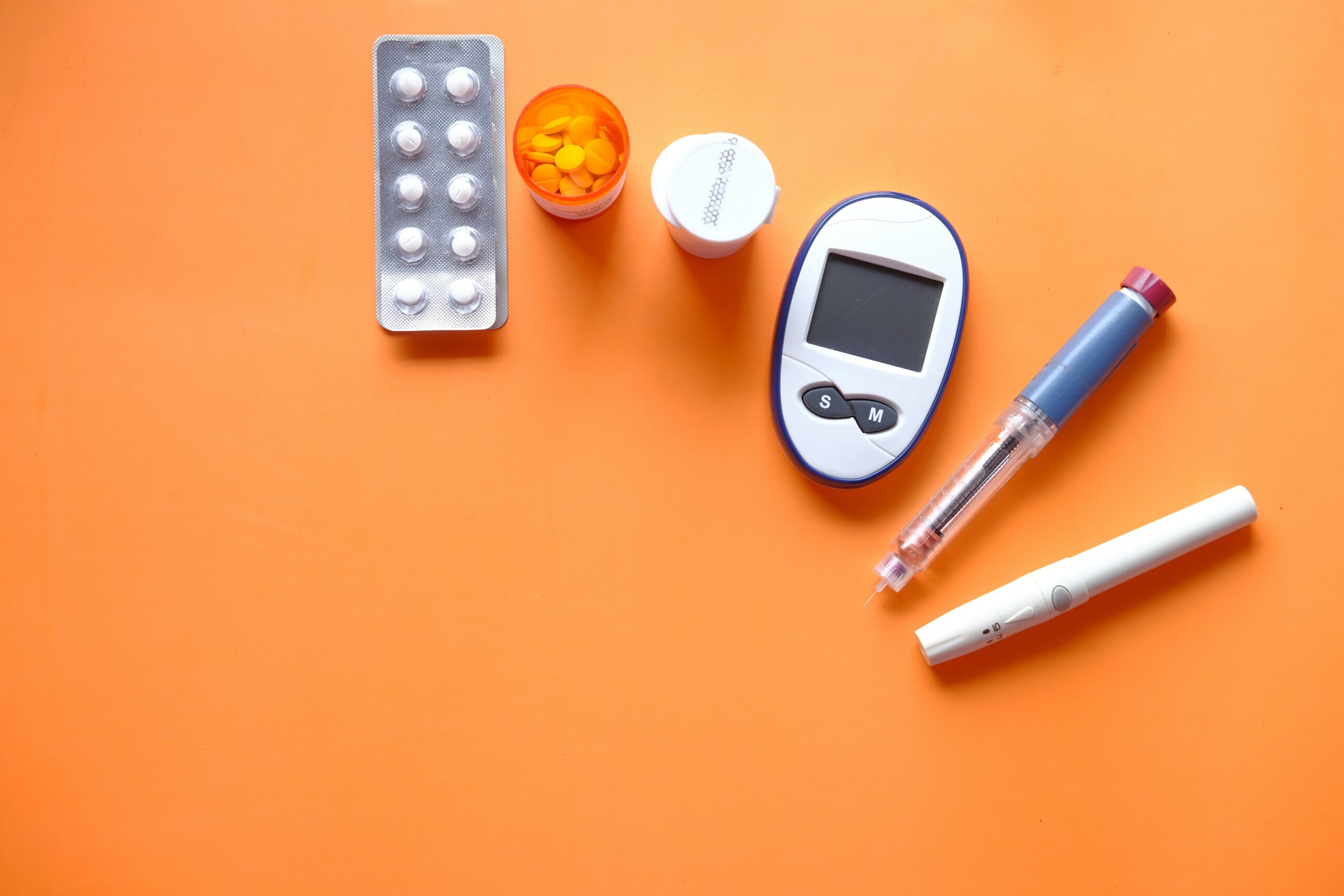
Abscesses can result in many complications if they are not treated or managed correctly. These may stem from the infection spreading to neighboring tissues or entering the bloodstream. A few traditional complications of abscesses include:
The medical staff will consider multiple objectives to unearth whether an abscess has emerged.
They begin by charting the painful sector for signs of redness, inflammation, and discomfort. Then, they inquire about previous sicknesses and can use machines to create internal images of your organism. They may also question whether you experience pain, possess a fever, or notice any discharge from the troubled region.
In addition to investigating the patient's physical state, the doctor may review previous medical affairs to identify if conditions such as diabetes or immune deficiencies exist. These may elevate susceptibility to abscess formation. This data is decisive in devising an appropriate treatment tactic and forecasting potential complications.
Medical staff members can request scans such as ultrasound, CT scan, or MRI to determine the presence of an abscess and grasp its dimensions, location, and extent of expansion. These objectives provide detailed images of the affected zone, allowing healthcare pros a good view of the abscess for a thorough examination.
At times, the doctor may perform a procedure tagged as aspiration![]() . They utilize a needle to remove fluid from the abscess for analysis. The fluid is sent to a laboratory for testing to determine which microbe caused the infection and select the most effective antibiotic therapy.
. They utilize a needle to remove fluid from the abscess for analysis. The fluid is sent to a laboratory for testing to determine which microbe caused the infection and select the most effective antibiotic therapy.

Doctors customarily perform drainage and administer antibiotics for abscesses. The treatment's primary objectives are eliminating infection, reducing swelling, and facilitating healing in the affected area.
They usually empty the abscess to remove the pus and reduce pressure. This can be done in various ways, such as cutting it open, using a needle to extract the liquid, or inserting a tube for draining. Your healthcare provider will choose the method based on factors like the size and location of the abscess, among other things.
When emptying is finished, doctors can prescribe antibiotics to eliminate the infection![]() and prevent its recurrence. They choose which antibiotics to use depending on what kind of germs they believe caused it, how severe the disease is, and whether there are other health problems. Before using them completely, you must take all the prescribed antibiotics, even if you start feeling better.
and prevent its recurrence. They choose which antibiotics to use depending on what kind of germs they believe caused it, how severe the disease is, and whether there are other health problems. Before using them completely, you must take all the prescribed antibiotics, even if you start feeling better.
Other than draining and antibiotics, doctors may recommend more assistance for healing and comfort. It may include controlling pain using over-the-counter or prescription medicines given by your doctor and maintaining the wound's cleanliness and dryness.
We may require additional actions when the abscess is significant or not responding well to treatment. These can involve repeating the draining process, utilizing imaging for surgical procedures, or surgically removing the abscess.

Miscellaneous objectives impact a person's likelihood of recovering from an abscess, including the size and location of the abscess, its severity, and the person's wellness. In most situations, puny abscesses treated quickly have a greater chance of recovering than bigger or more complex ones.
When you go to the doctor quickly, most abscesses can be treated and healed without lasting problems. Customarily, vanishing the pus and using antibiotics helps get rid of the infection and, second, heal the spot that was compromised.
However, abscesses can cause dilemmas like blood infection, skin inflammation, or peculiar connections inside the organism if they are not treated or managed accordingly. These features can make healing take longer and elevate the chance of getting very sick or harming sectors of the body.
If you get the well-planned medical treatment, abscesses customarily heal well. But people need to see a medical staff fast if they think they have an abscess because unearthing and targeting it allows halting more problems and accelerates healing. Regular check-ups to track healing and stop abscesses from returning may also be suggested.
Table of Contents
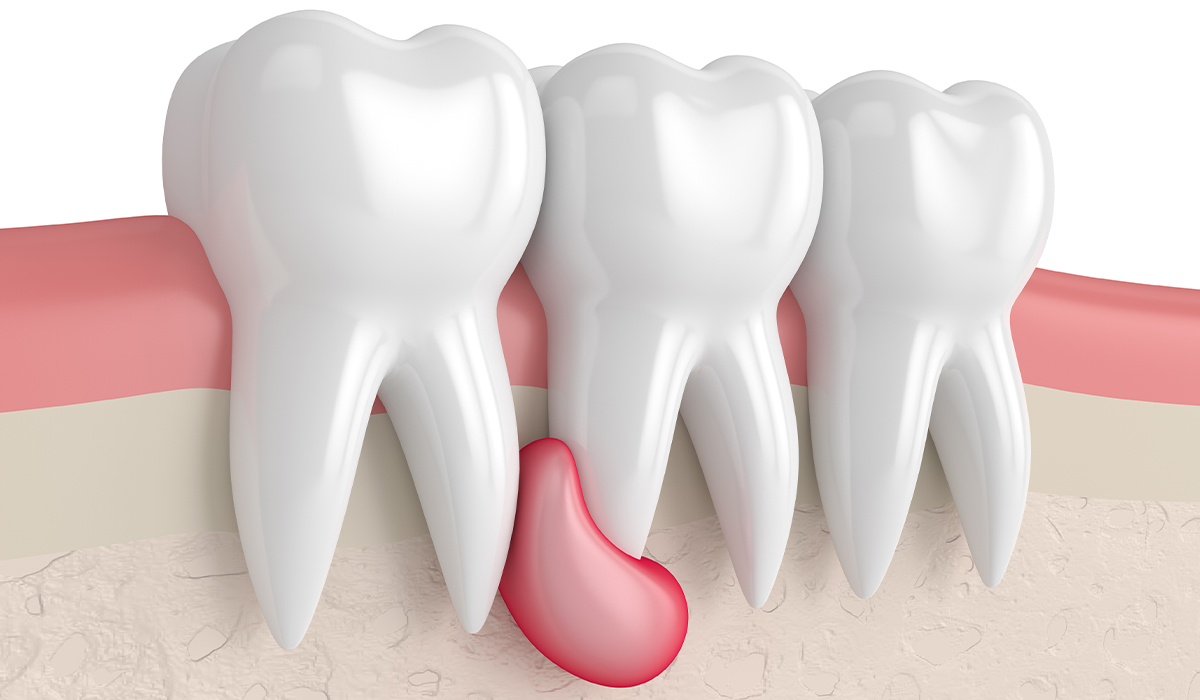
An abscess tooth is a painful dental condition characterized by a pocket of pus that forms due to a bacterial… read more »
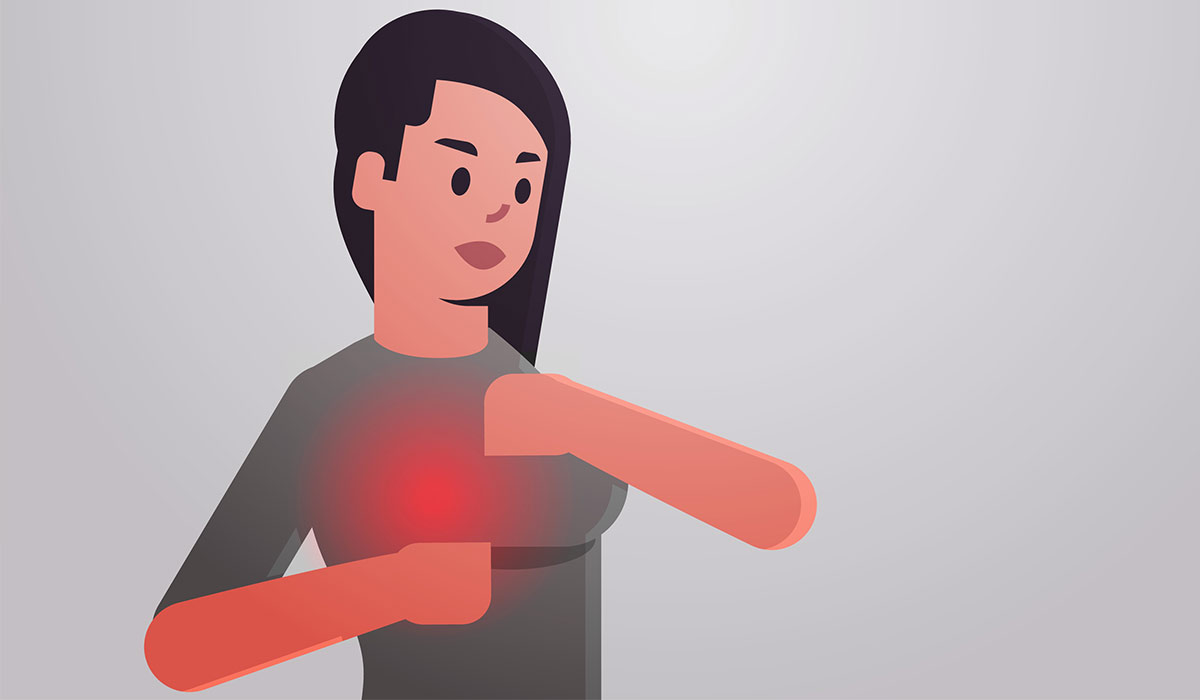
Mastitis is a condition that can affect many women, especially during the postpartum period. What symptoms does it cause? What… read more »

Antibiotics are drugs used for a variety of ailments. Learn about the most common side effects of antibiotics and how… read more »
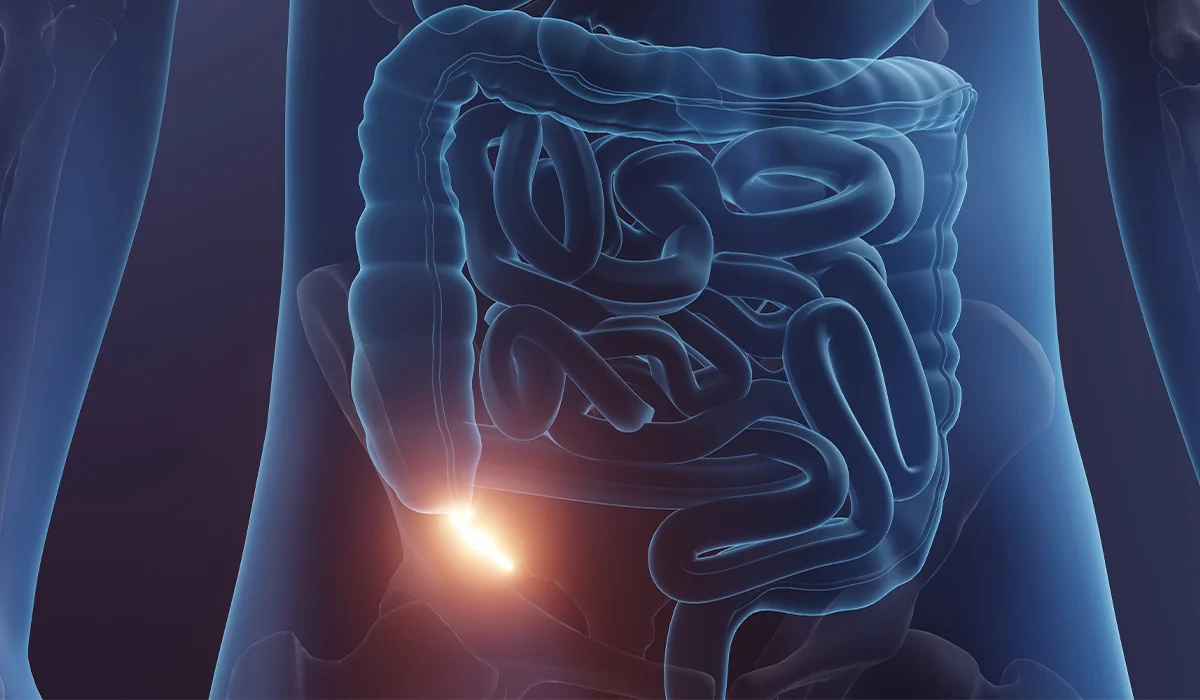
Appendicitis has various forms. Most often it appears as an acute inflammation requiring immediate medical intervention. Learn the most important… read more »
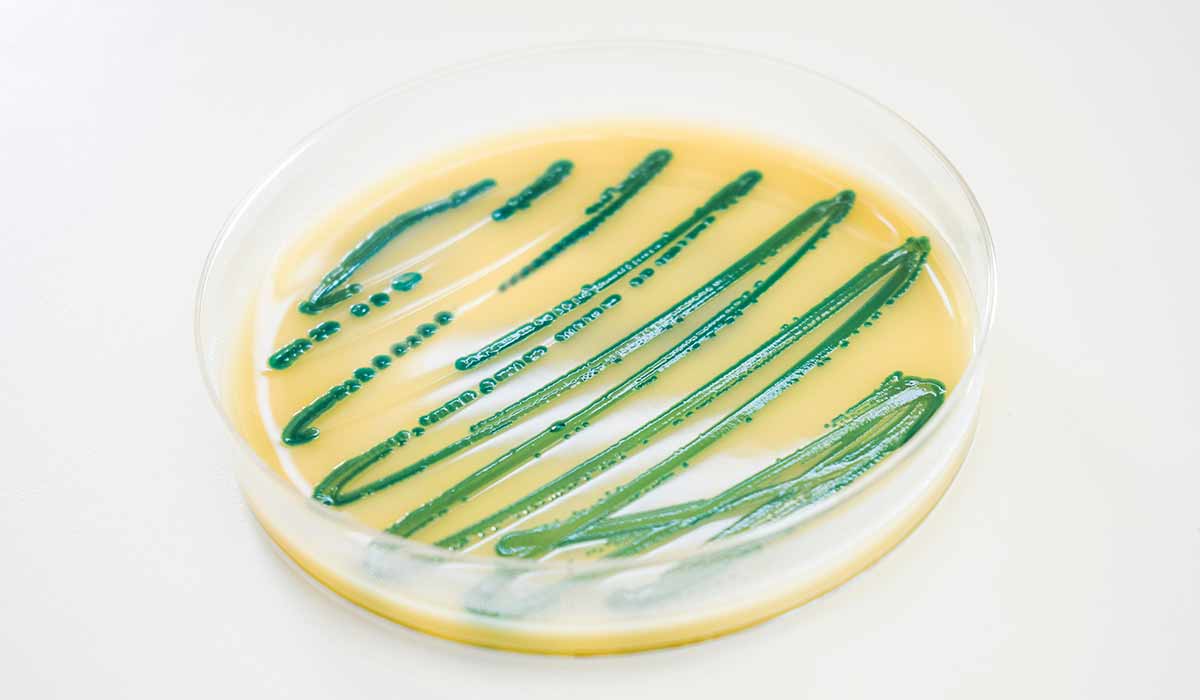
Listeria is a bacterium that can cause infectious disease. You can get infected through food. Find out how to avoid… read more »
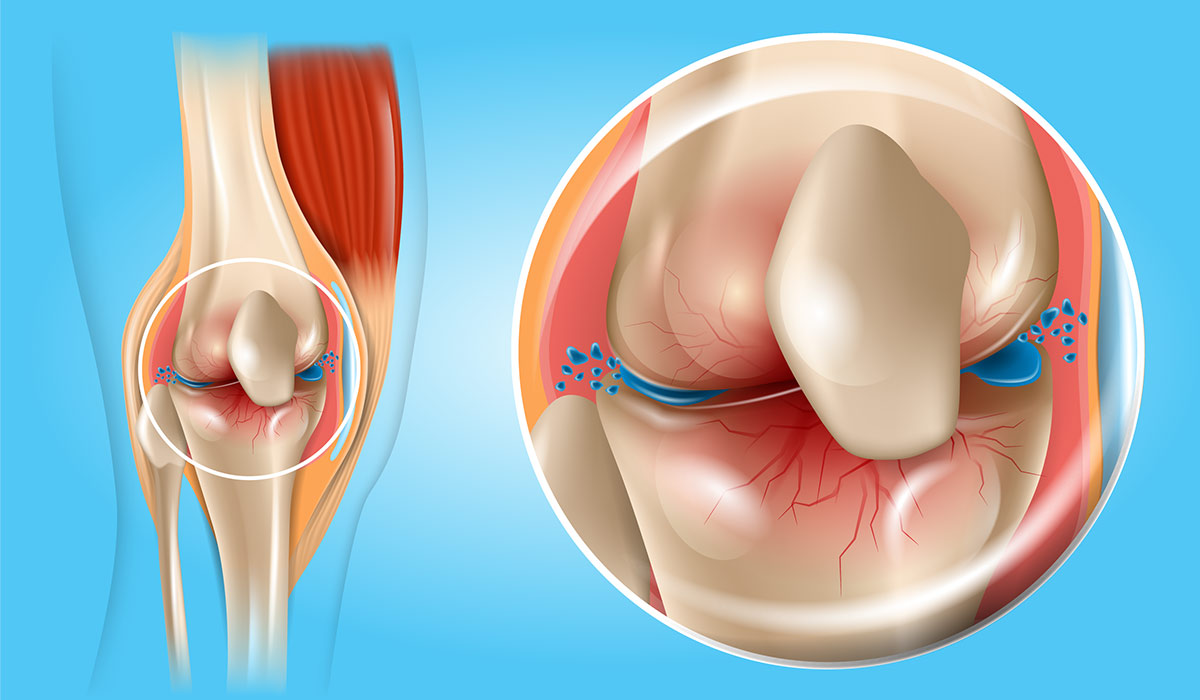
Osteoarthritis is a disease that most often affects children and the elderly. What are its causes? How can it be… read more »
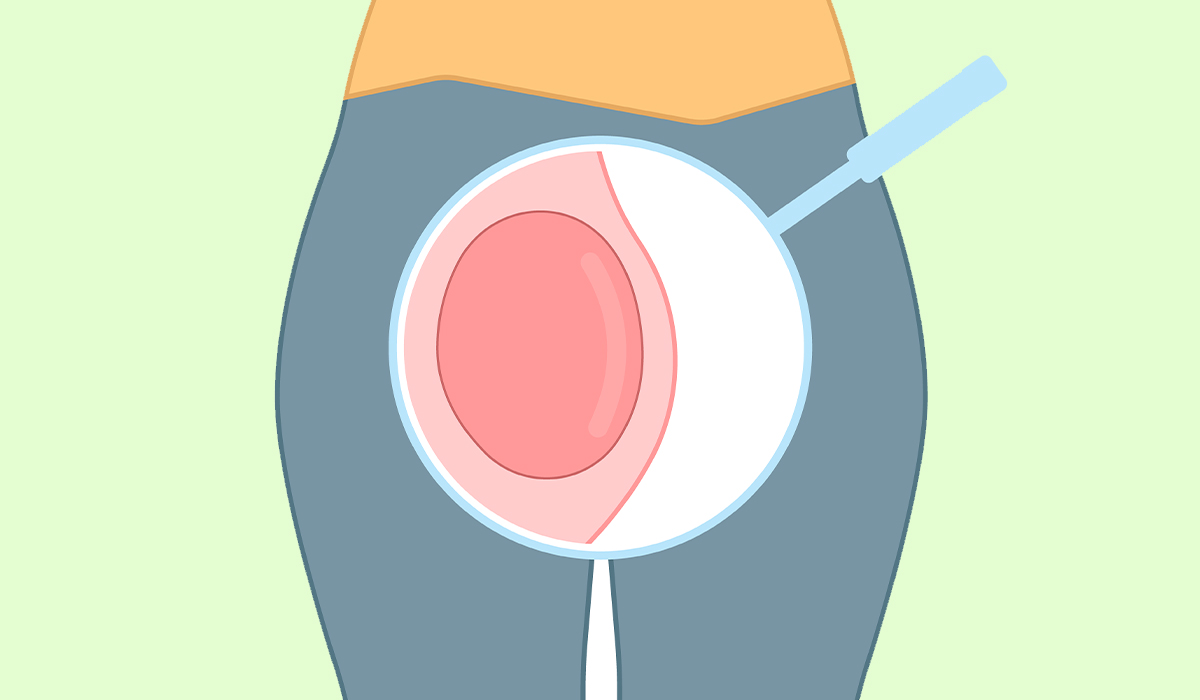
A Bartholin cyst is a sort of sac that fills with liquid and can develop bigger in one of the… read more »
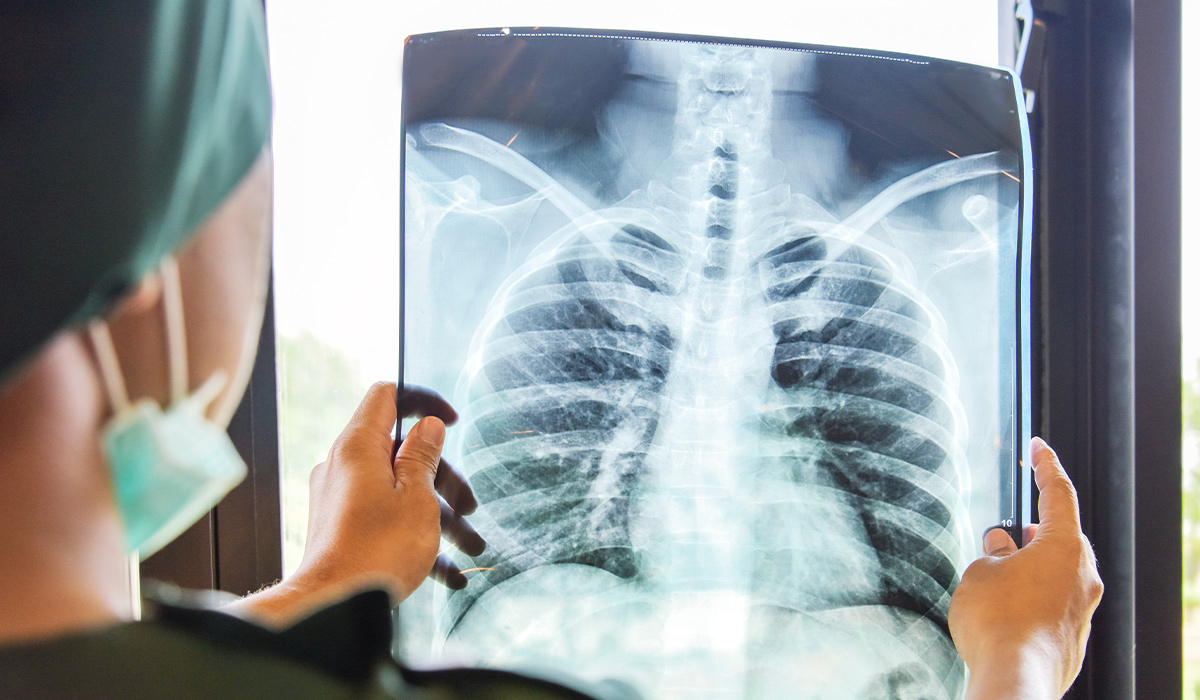
Pneumonia is a disease of the lower part of the respiratory system. It is most often caused by bacteria, but… read more »

Staph infection is a common disease. How can you get infected with this bacteria? How to avoid it? Learn all… read more »